Meet us at Las Vegas, Nevada to see exciting demos of the Spiking Neural Processor!
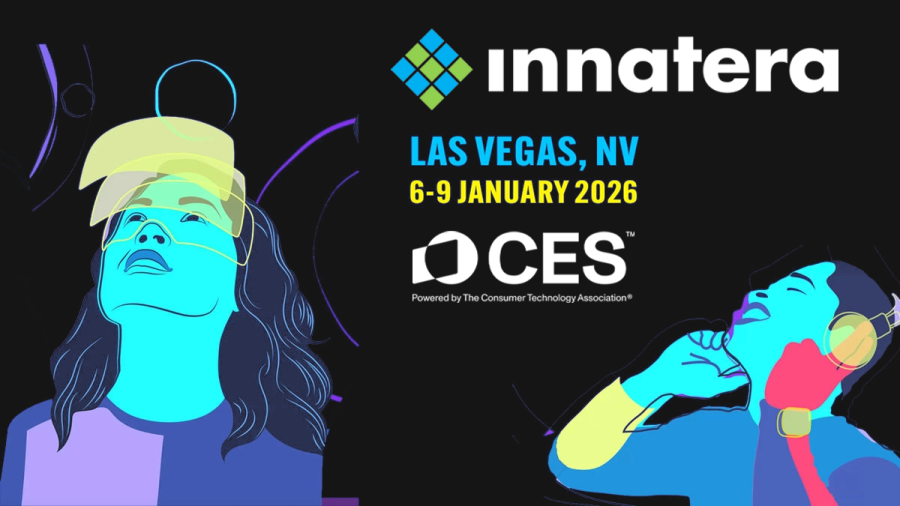
Accelerated path to deployment: Pulsar now powering real devices from IoT partners, and debuting early ODM engagements
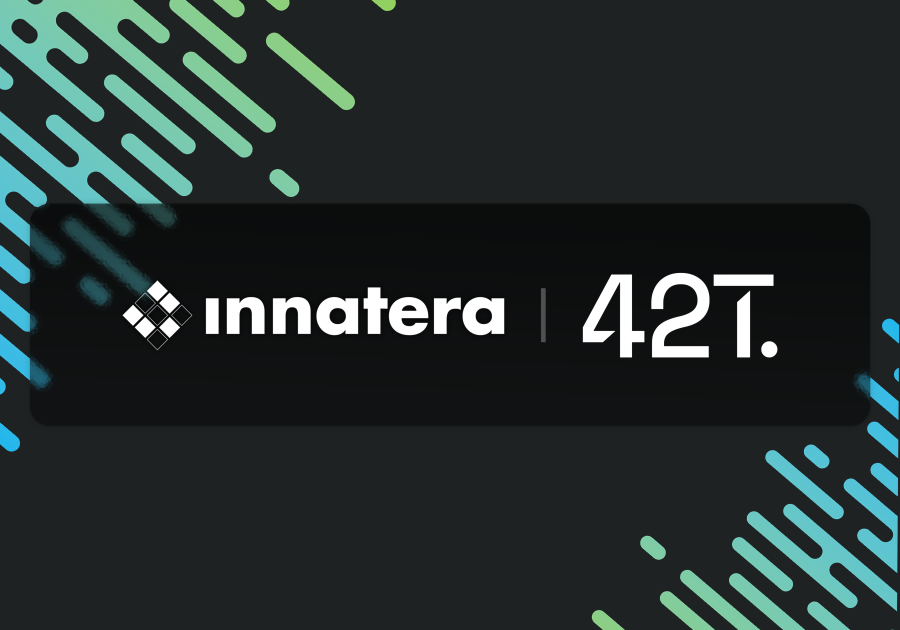
Brain-inspired edge AI and cross-sector engineering know-how combine to create smarter, ultra-efficient devices and systems
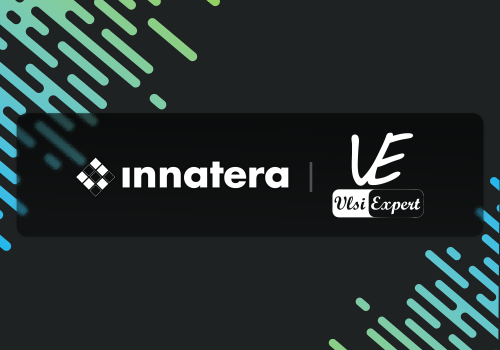
Hands-on courses will be powered by Pulsar microcontrollers across universities and professional programs
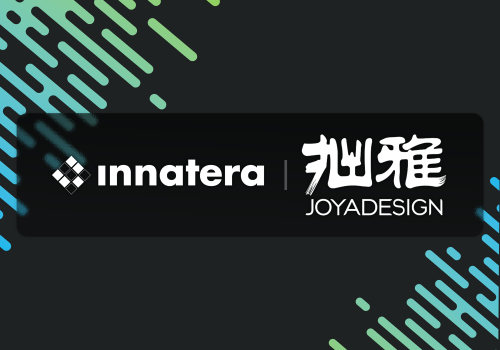
Partnership will deliver ultra-low-power intelligence for next-gen consumer, IoT, and smart home devices
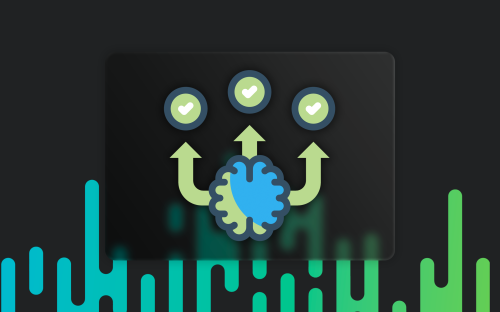
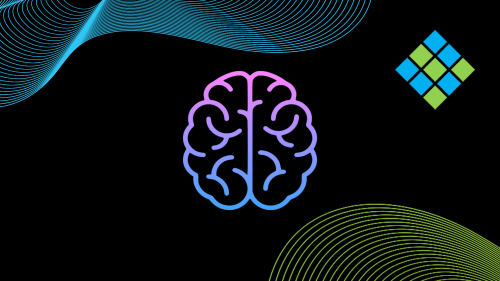
Open-source, interoperability, and hybrid hardware are shaping the path from research to real-world systems

Meet us at Las Vegas, Nevada to see exciting demos of the Spiking Neural Processor!